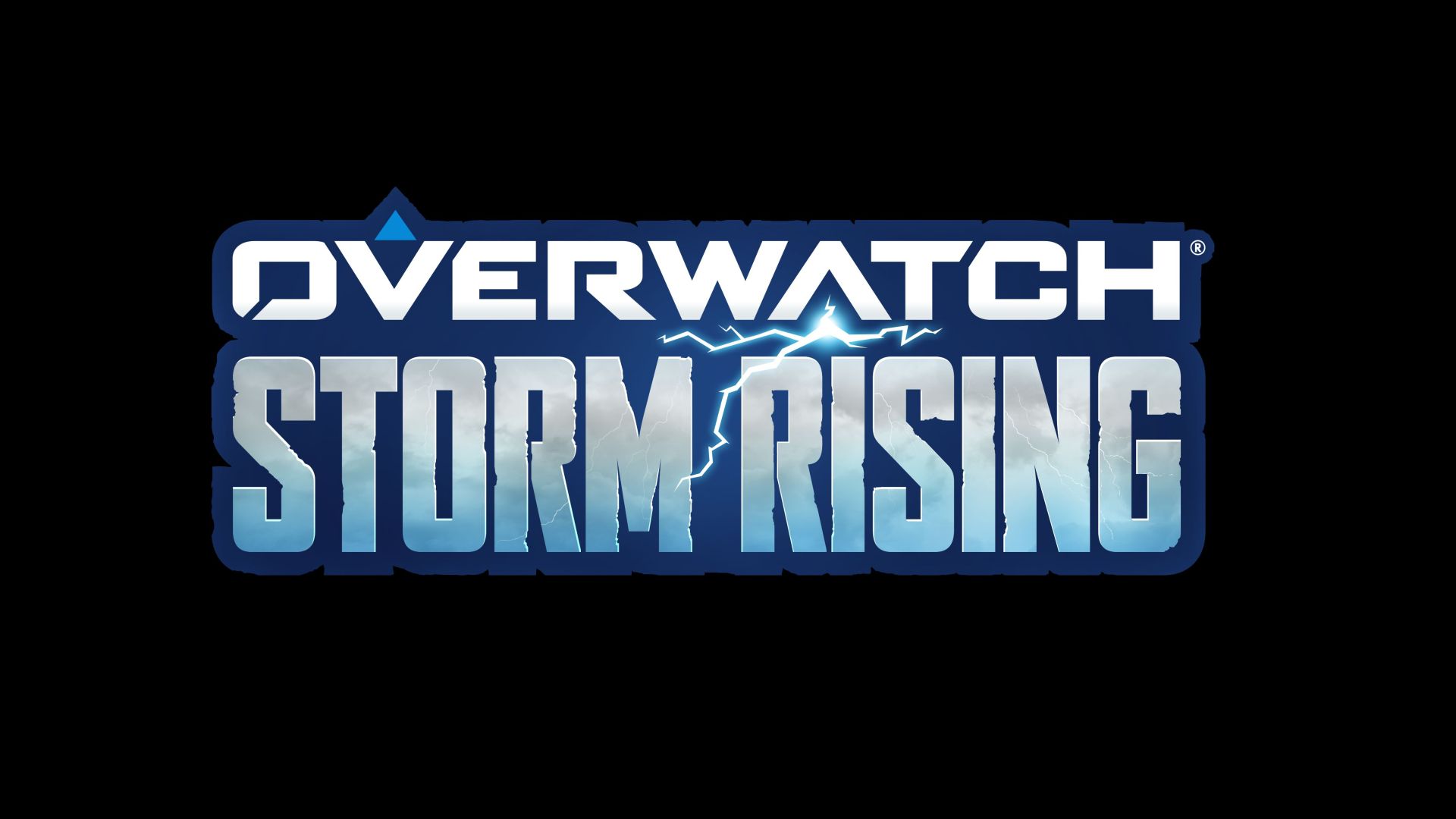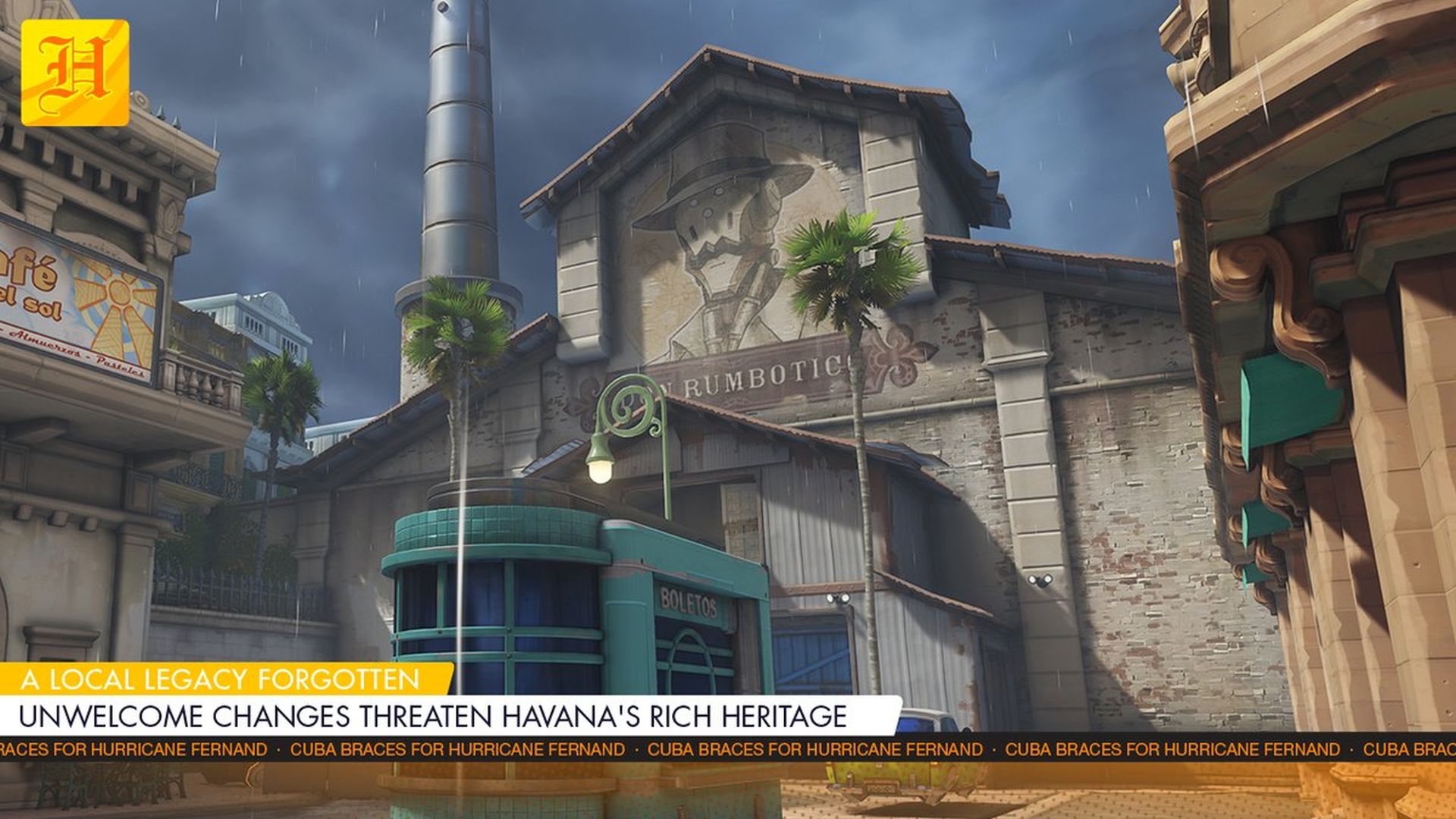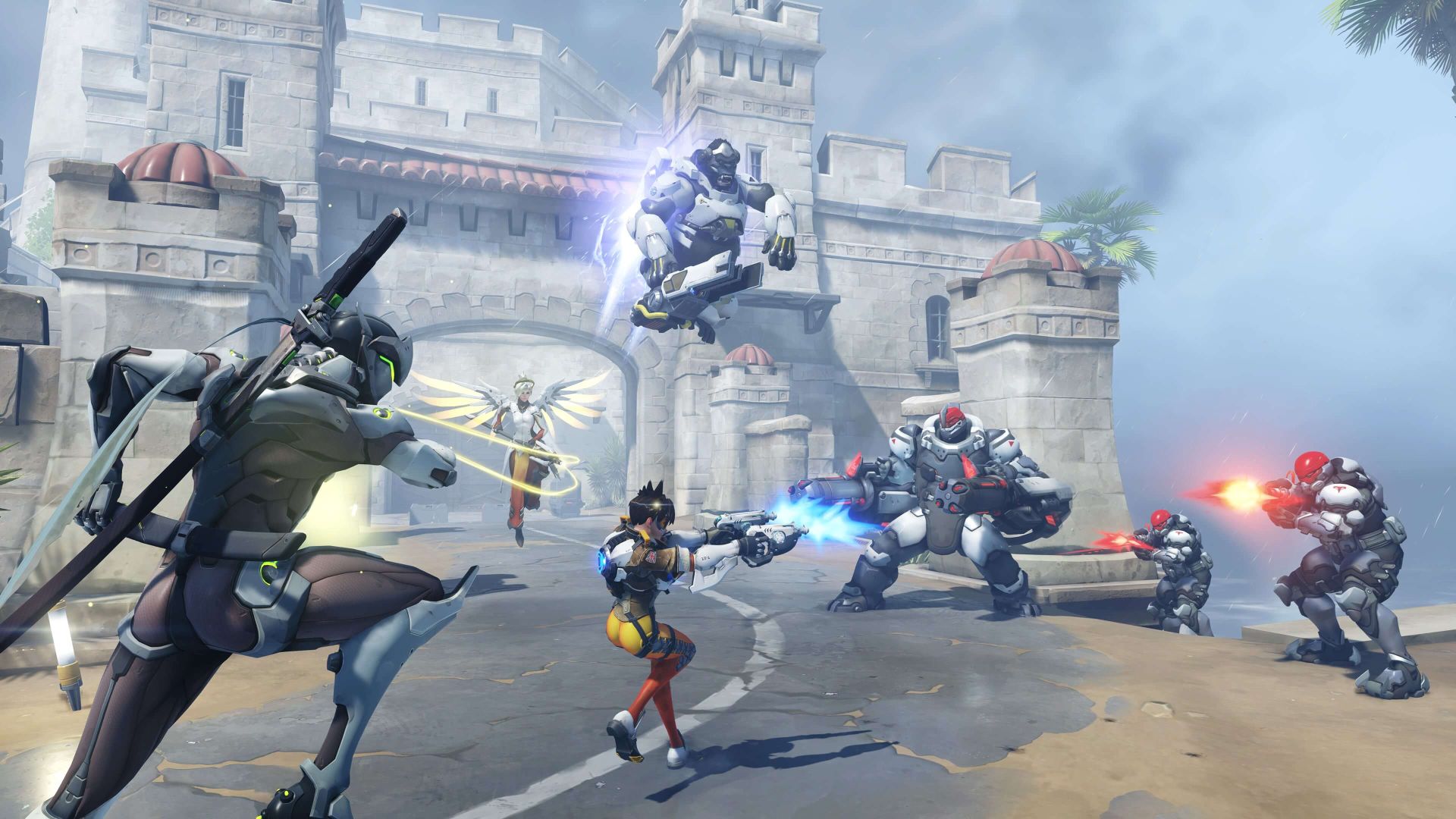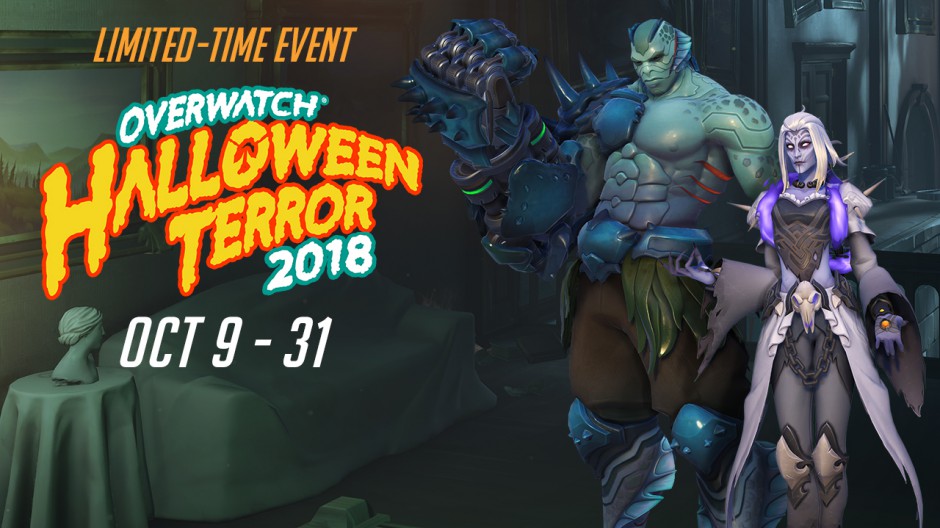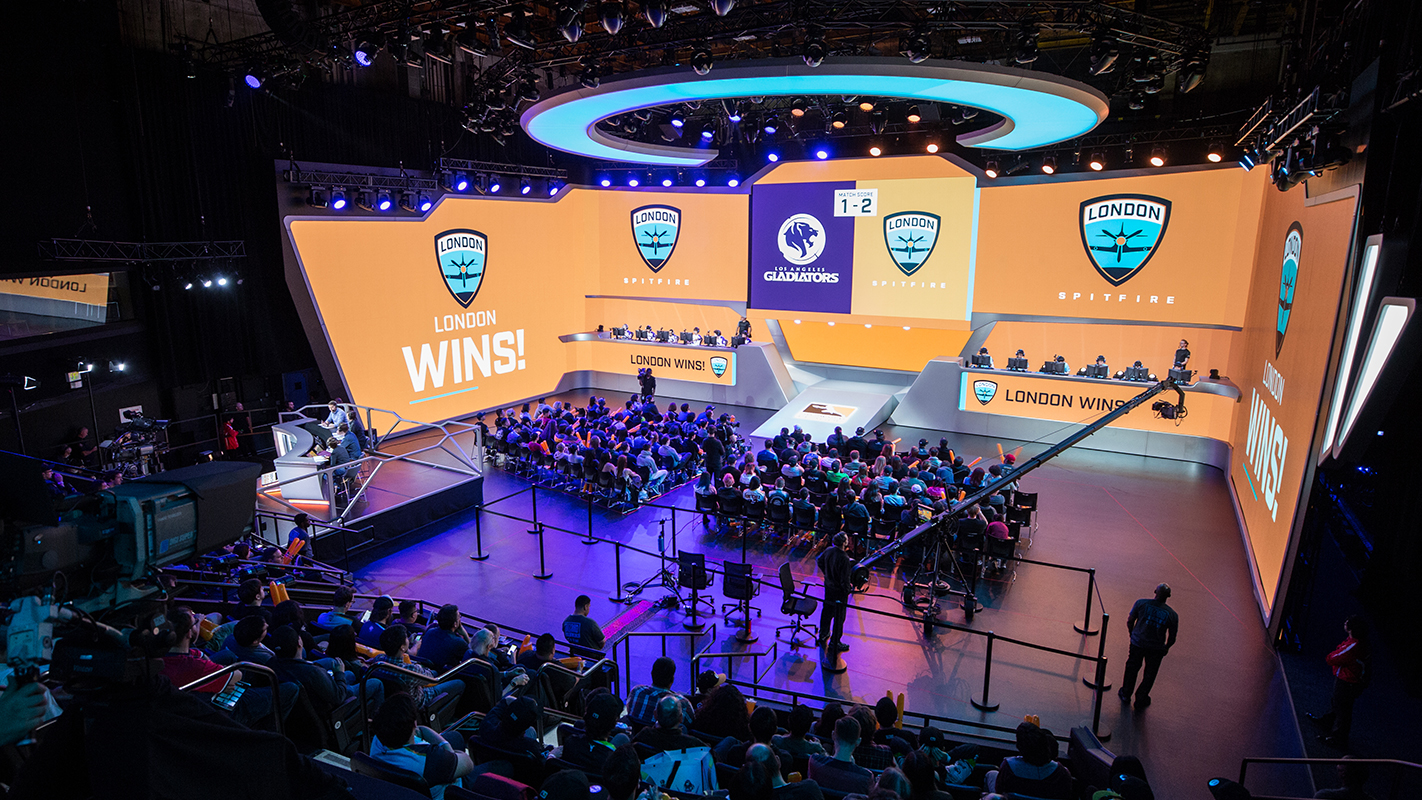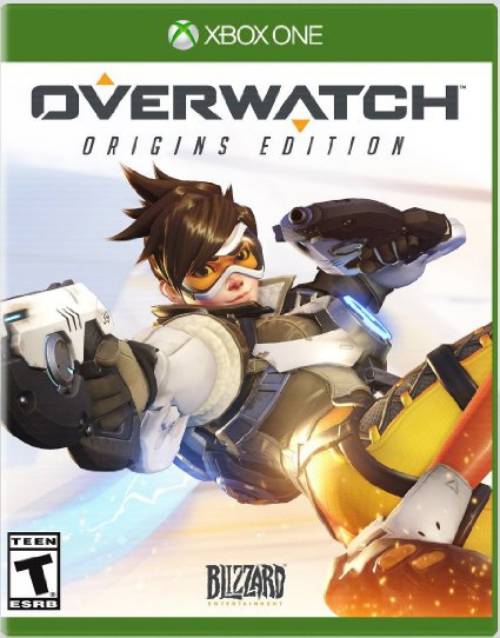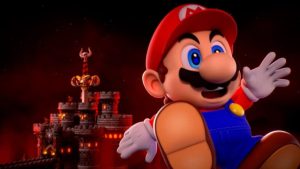
Last year with the release of Overwatch‘s second Archives event, Retribution, I wrote about the challenges of on-going lore in games. It was more of a critique about lore in live-service games, hampered as they were by changing visions and market priorities. Some live-service games like Destiny 2 are somewhat picking up the slack in terms of continuing lore – for example, Forsaken shifted the focus to the Awoken and The Dreaming City. The concept of thin lines between the Light and Darkness were further explored, especially as entities like The Drifter and The Emissary of the Nine were given prominence. This isn’t to say that Destiny 2 is excellent in lore terms but it’s a big step up from launch.
"To very little surprise, however, the story has still gone nowhere."
Other titles like Path of Exile and Warframe are making fairly even strides with their lore. The former refashions its old Masters as present day villains in Betrayal while hinting at past events in Synthesis. Otherwise, until the next mega expansion arrives, Wraeclast is still pretty much reeling from the impact of Kitava’s defeat while the player deals with the supernatural Shaper and Elder in the Atlas of Worlds. At least Warframe has advanced its story with The Sacrifice and Apostasy Prologue, setting up events in The New War while telling a compelling side-narrative with Fortuna.
Then we come to Overwatch and Storm Rising. Last year, Blizzard Entertainment delivered a relatively short PvE mission that still held a significant place in the game’s lore with Retribution. We found out about Blackwatch and what started the gradual descent of Reyes into the diabolical Reaper (who still has a poor pick rate in Competitive, but what can you do?). We saw hints of other dominoes falling in place like the rise of Maximilien, the battle between the present and past Doomfist, and much, much more. It was all there along with some nice interactions and glimpses into the memories of these characters.
Then again, it did little to advance the on-going story of Overwatch. The coming war between Talon and Overwatch? Doomfist’s plans to incite chaos? None of that has been expanded upon in the past year. We’ve had new heroes like Wrecking Ball aka Hammond the hamster, a former experiment of Horizon Lunar Colony just like Winston; Ashe, the leader of the Deadlock Gang and McCree’s former comrade; and Baptiste, a former Talon combat medic turned mercenary. We’ve seen D.Va as a shooting star and the origins of her “Self-Destruct” Ultimate. Future heroes like Echo have been teased. And now we have Storm Rising offering two more possible heroes in Sojourn and a mysterious hooded Omnic.
"The enemies have been reused wholesale from Retribution. The mechanics are more or less a combination of Retribution and Uprising."
To very little surprise, however, the story has still gone nowhere. Taking place “Six Years Ago,” Storm Rising sees the team of Tracer, Winston, Genji and Mercy traveling to Havana to nab Maximilien. The Talon member has information on Doomfist’s whereabouts and Overwatch wants to apprehend him for the same. In the background, we hear about Reyes and Jack Morrison aka Soldier 76 having arguments, a sort of prelude to their inevitable falling out. Mercy and Genji seem to have established some kind of romantic relationship. Events are clearly leading up to Doomfist’s capture.
And yet, Storm Rising feels hollow. Perhaps it’s because we already know the characters in question but the dialogue between the four team members doesn’t feel nearly as rich. Chalk this up to the development team wanting to set up certain events through dialogue but even the banter comes across as boring. The dynamic between these characters in the past doesn’t really feel all that different from their current dynamic. That’s probably the point but it doesn’t make for a very good arc of progression in terms of character development.
Of course, there’s all the other little annoyances. The enemies have been reused wholesale from Retribution. The mechanics are more or less a combination of Retribution and Uprising – the first half is simply rushing down narrow streets, taking out enemies like in Rialto. The second half is escorting a payload to the Havana Sea Fort and then wiping out hordes of enemies to blow up a door a la the Uprising in King’s Row. Even the voice-overs feel limited – this mission had Sojourn while Uprising had Morrison, Ana Amari and Reyes to provide comms. Retribution wasn’t any different and granted, it comes down to artistic interpretation at the end of the day. But for such an important mission, it feels to not have some of the key Overwatch figures involved.
The cut-scenes before and after the mission are very sleek, full of action and well put together. But you can only do so much with implications, winks and nods. There needs to be meat to this story-telling and not just the rudimentary “They have to catch the villain, they catch the villain, exit stage left.” And no, showing Doomfist talking to a mysterious figure who we’ve never seen till date and seemingly has no connection to anything that’s happening after that abrupt mission ending doesn’t count. It’s a tease for the future and nothing more.
"Expectations were accordingly set but people hoped that Archives would at least bring something new and substantial to the table."
The scarcity of content in Storm Rising probably wouldn’t be as bad if the past year’s events had been anything noteworthy. The development team didn’t really do a lot to make each event stand out from May 2018 till now. There’s been a new deathmatch map (Petra) in the Anniversary Event; a new Lucioball map (Busan) in Summer Games; some new heroes and a Halloween-themed Château Guillard in Junkenstein’s Revenge; a holiday reskin of Blizzard World in Winter Wonderland; and Competitive Capture the Flag in Year.
All throughout, director Jeff Kaplan had stated that these events wouldn’t have new content. Expectations were accordingly set but people hoped that Archives would at least bring something new and substantial to the table. If nothing else, at least it would offer some interesting story beats. Barring that and dropping the bar even lower, there was the hope of the event adding some nice lore bits. Unfortunately, it’s been underwhelming on nearly all of these counts.
It’s not even like Blizzard has been sleeping on Overwatch in the past year. 2018 saw the inaugural season of Overwatch League and resources were no doubt allocated for working on skins for each team, All-Star Weekend skins, All-Access Pass benefits and whatnot. The sheer amount of balances and reworks has also been impressive, even if the pro meta stagnated into “Three tanks, three supports” for a long time. Allocating resources to bring out new maps, spruce up old ones, buff and nerf certain heroes while keeping in line with the Overwatch League’s schedule is tough when you’re also introducing new features to the game like Looking For Group and the recent Workshop.
"It’s hard to argue with fans who feel these events have become an excuse to push cosmetics with all the gameplay effort befitting a Minimum Viable Product."
One can’t help but also think about Blizzard’s approach for these PvE events till now. Uprising took place on an established map with a strong history. Junkenstein’s Revenge followed the same pattern but cordoned off the majority of Eichenwalde, sticking with a more traditional horde-like experience and injecting some interesting story-telling into the mix. Rialto in Retribution, by comparison, was created for the purpose of PvE and later launched as a PvP map. How can a development team balance a map for PvP but also ensure a fun PvE experience? That problem seemingly came back to haunt the developer with Havana in Storm Rising and we’re seeing a few of the same design philosophies – long narrow streets with inner structures that provide high-ground – with the Sea Fort providing the only real shake-up.
It’s important to point out that Overwatch isn’t dying. No game with this kind of esports popularity, frequency of balance changes and revenue generated could very much be in any stage of death. Overwatch still receives so much support and that’s a good thing, right?
However, it seems that Archives – and events in general – isn’t that special month every year to either revitalize the current player base or attract newcomers. Instead, it’s become more of an obligation, one that takes away precious resources and diverts them towards a limited time experience that might drive loot box sales. It’s hard to argue with fans who feel these events have become an excuse to push cosmetics with all the gameplay effort befitting a Minimum Viable Product. You could almost be thankful that the developer’s focus on game aspects hasn’t dwindled as much, though again, the overall meta balance at the higher levels hasn’t been stellar over the past year.
If nothing else, the development team is displaying the triumphs and challenges of a unified vision for a live service game over the years. On the one hand, the basic idea of a hero shooter where you can switch in the middle of a match, fighting over objectives and working intimately with your team to succeed, is pretty much intact. Heck, it’s still fun even after three years. On the other hand, you have the lore and story-telling, which began with a bang and saw all manner of cinematics, comic books, the promise of a graphic novel and environmental story-telling just fizzling out overtime. The comic books seem less frequent. The cinematic shorts seem to be reserved for the bigger expos and BlizzCon.
"Overwatch hasn’t outstayed its welcome just yet. But Overtime can only tick down so slowly until it eventually burns out."
On the one hand, the casual player count in Quickplay is strong and cosmetic sales seem to be good. The viewer counts for Overwatch League are also pretty solid, even as Twitch chat constantly complains about the meta or bags on the Houston Outlaws (but seriously, just play DPS 4head). On the other hand, the ranked ladder experience is still in shambles. Role queue is missing, essentially rolling the dice on getting teammates that are capable of playing the right heroes. The Reputation system may have helped reduce toxicity by Overwatch‘s own metrics but one-tricking off-meta heroes, throwing, win-trading, false reporting (or conversely, reports that seemingly do nothing) and so on are still very real issues that players deal with. Did we mention the meta at the top is pretty much stagnant? Did we mention it’s been like that for an entire year with almost no signs of change?
Overwatch is a very special game for many people. It was their first PvP game. Others connected to the vast array of characters as they identified with their unique backgrounds and personalities. It was Blizzard’s first new IP in years and a successful testament that the studio was still capable of amazing things. It was the phoenix that rose from the ashes of Project Titan, saving many a developer’s career and proving that they could still hang with the other teams. Most importantly, Overwatch served as a beacon of hope, that Blizzard still cared about its fans with free updates (however foolish that may seem in retrospect given loot box controversies that have since emerged in the industry).
None of this has been outright diminished over the past year but the development team may be trying too hard to serve too many masters. If rumours are true about Blizzard tightening up its development resources, it will be interesting to see if it commits strongly to the brand in the next year or just keeps up the workmanlike regime of updates. With the Anniversary Event boasting a new D.Va skin that will “break the Internet,” Overwatch hasn’t outstayed its welcome just yet. But Overtime can only tick down so slowly until it eventually burns out.
Note: The views expressed in this article are those of the author and do not necessarily represent the views of, and should not be attributed to, GamingBolt as an organization.








